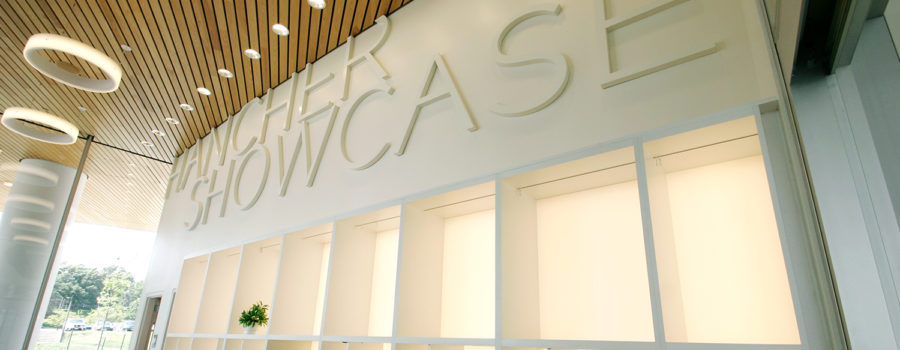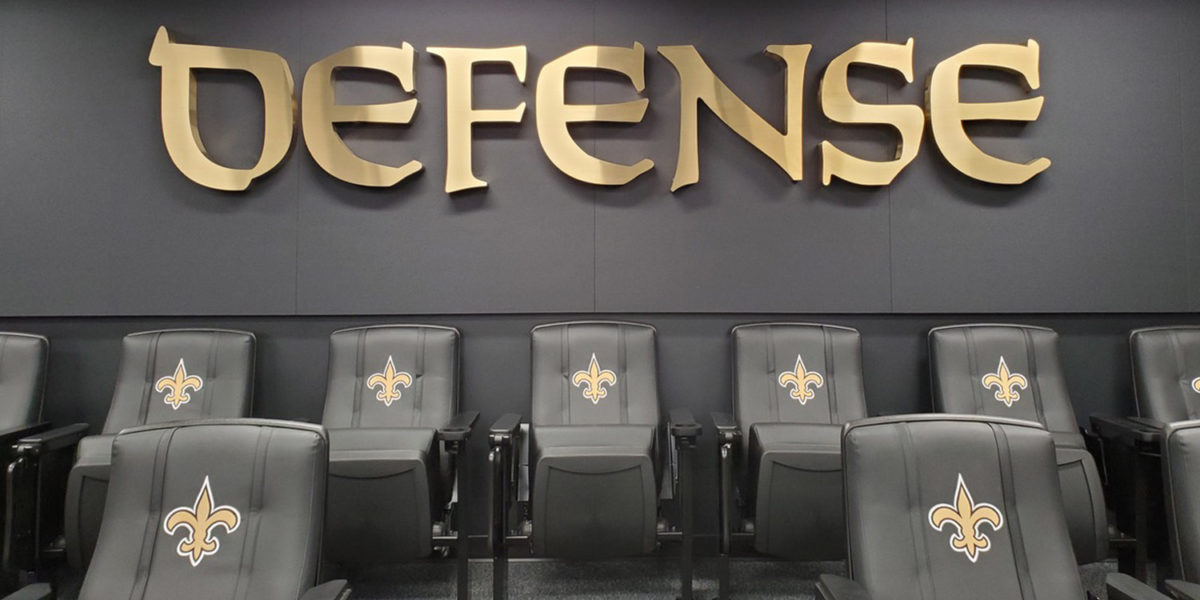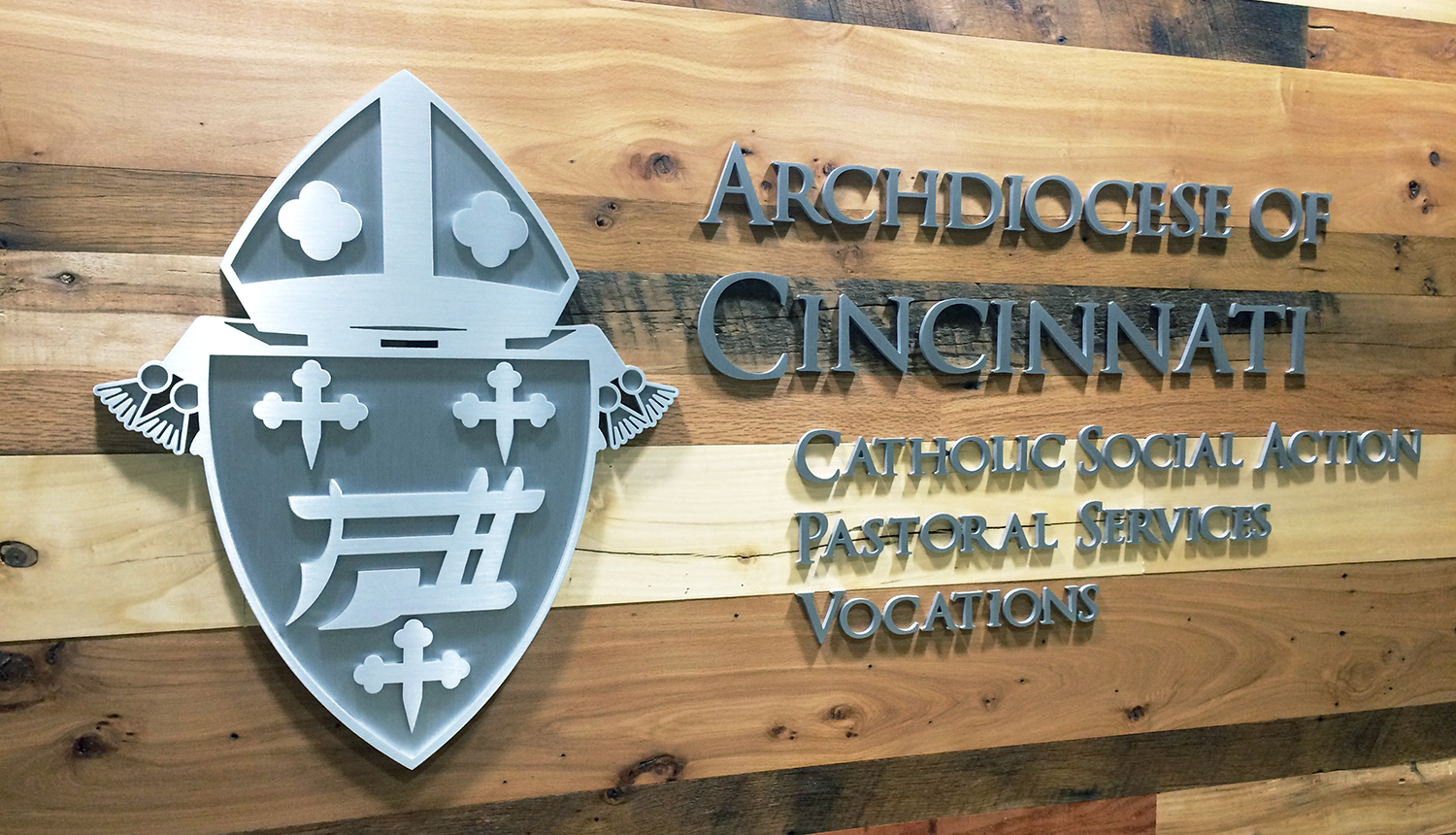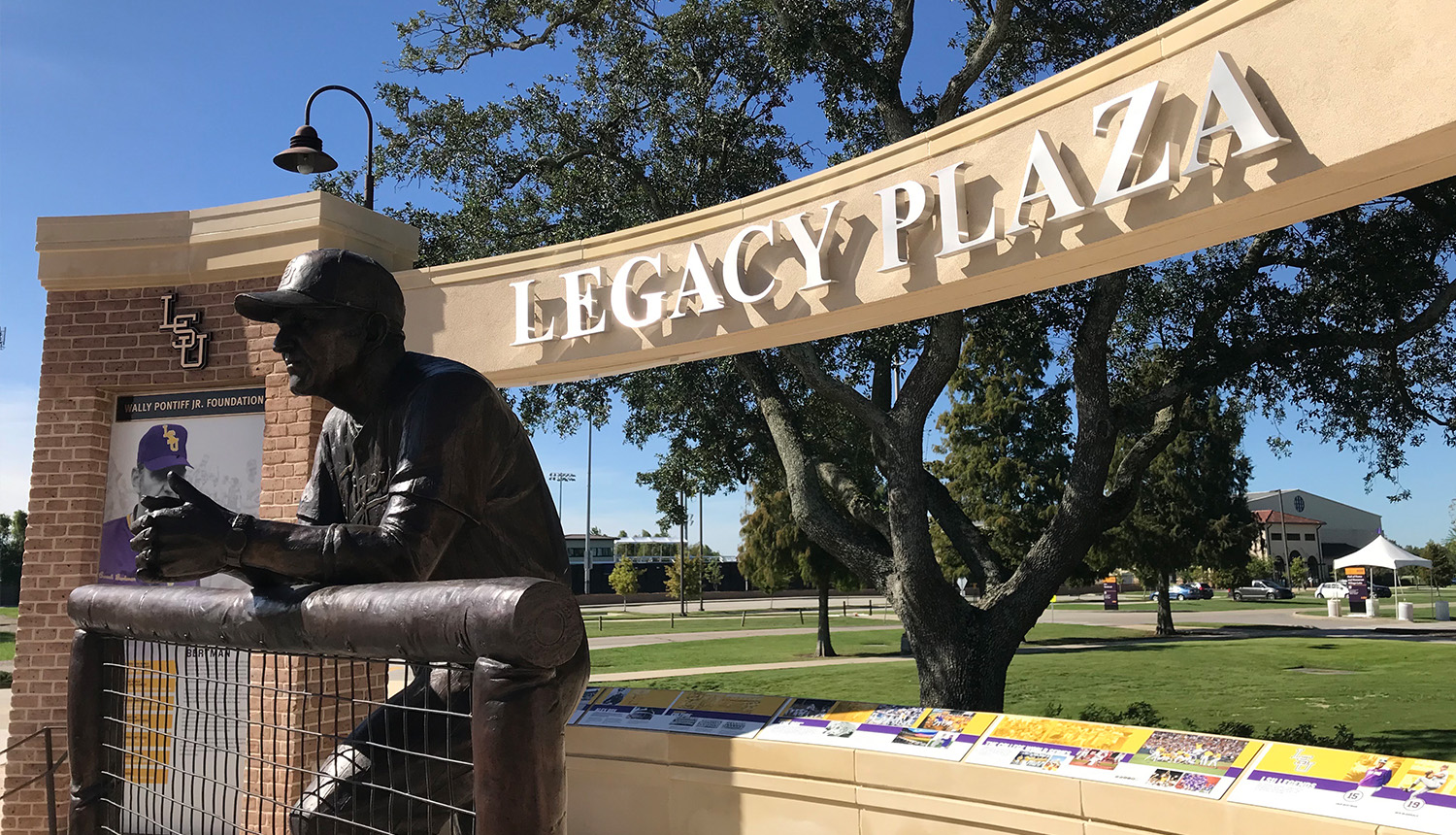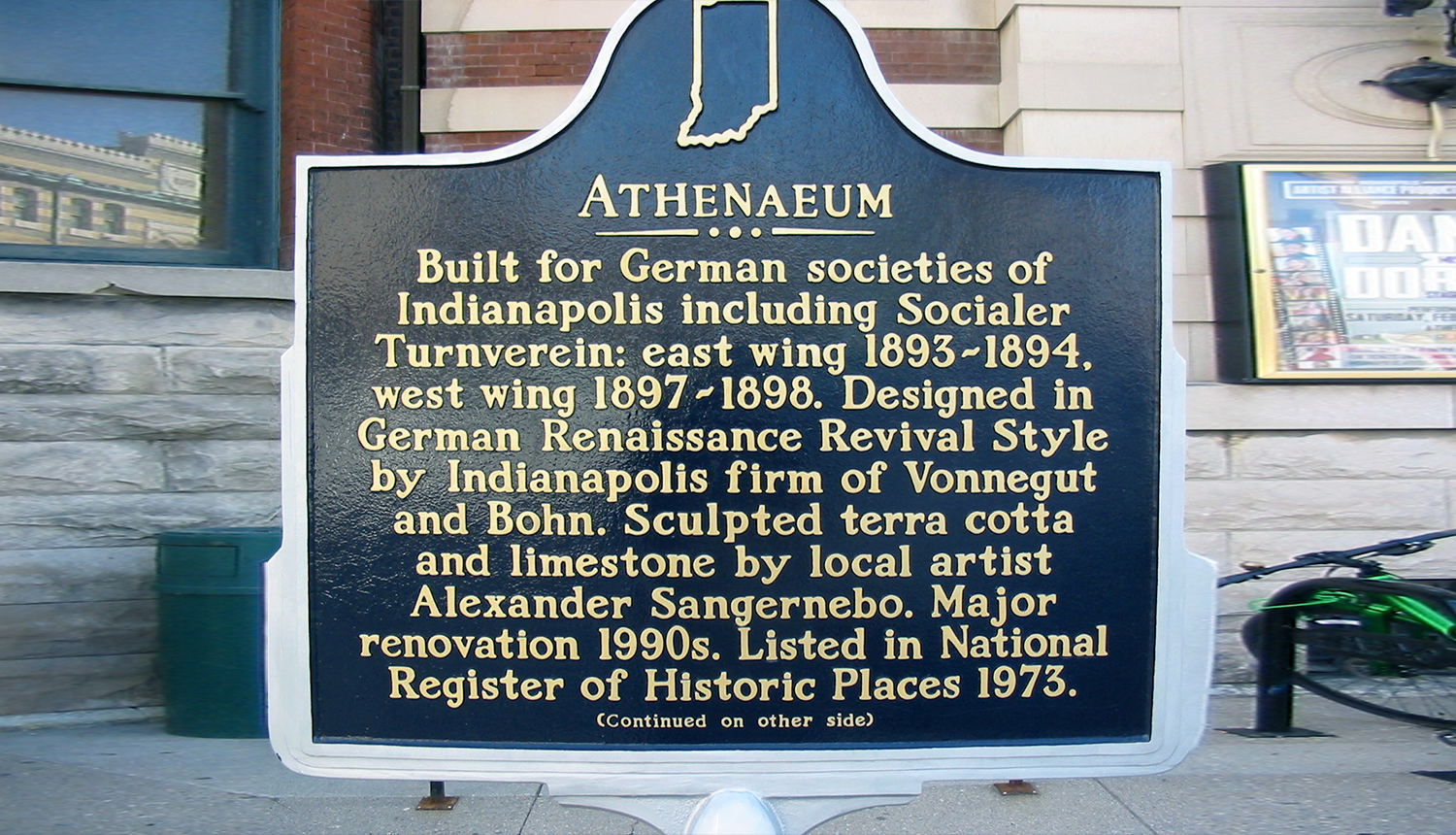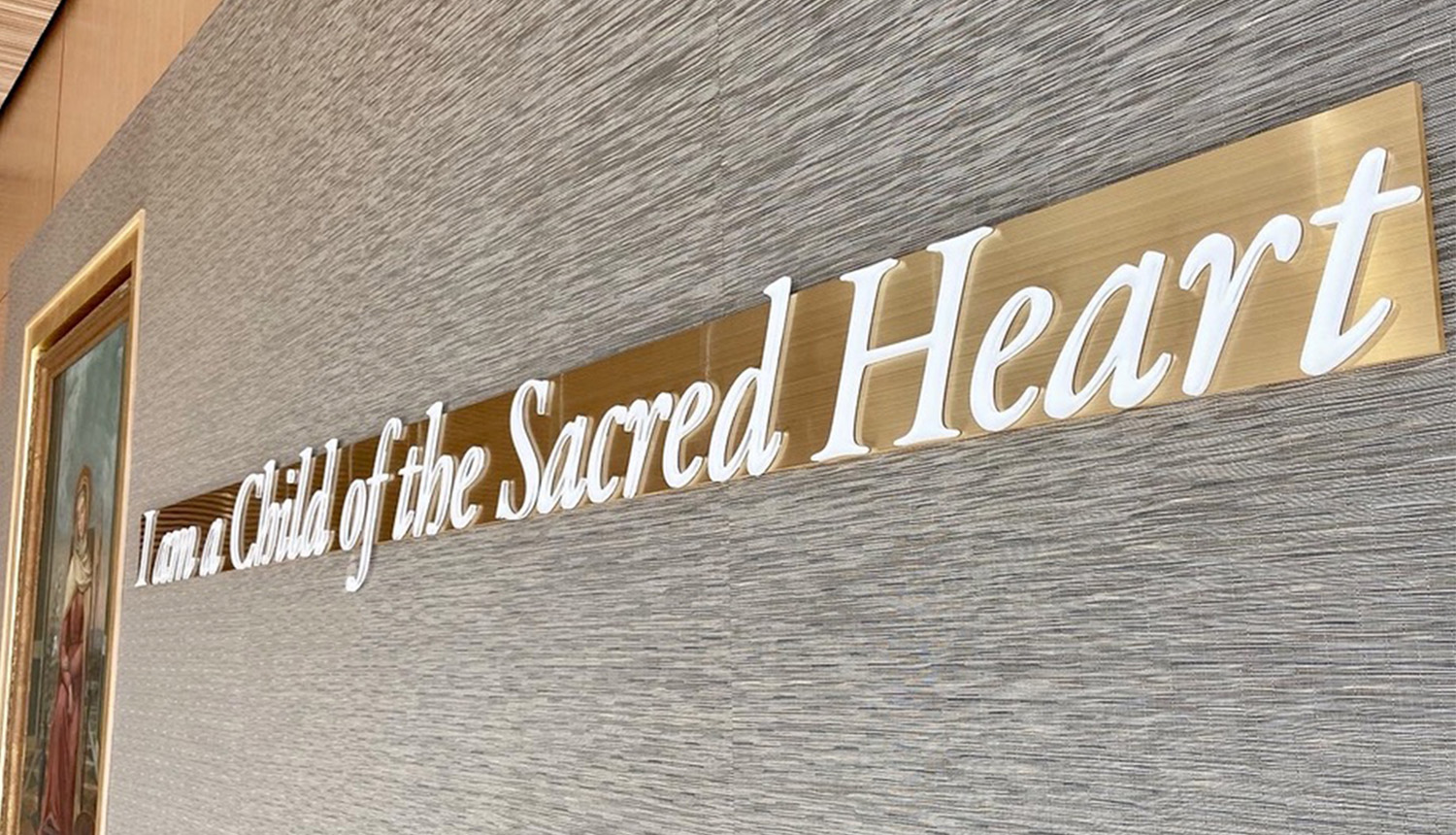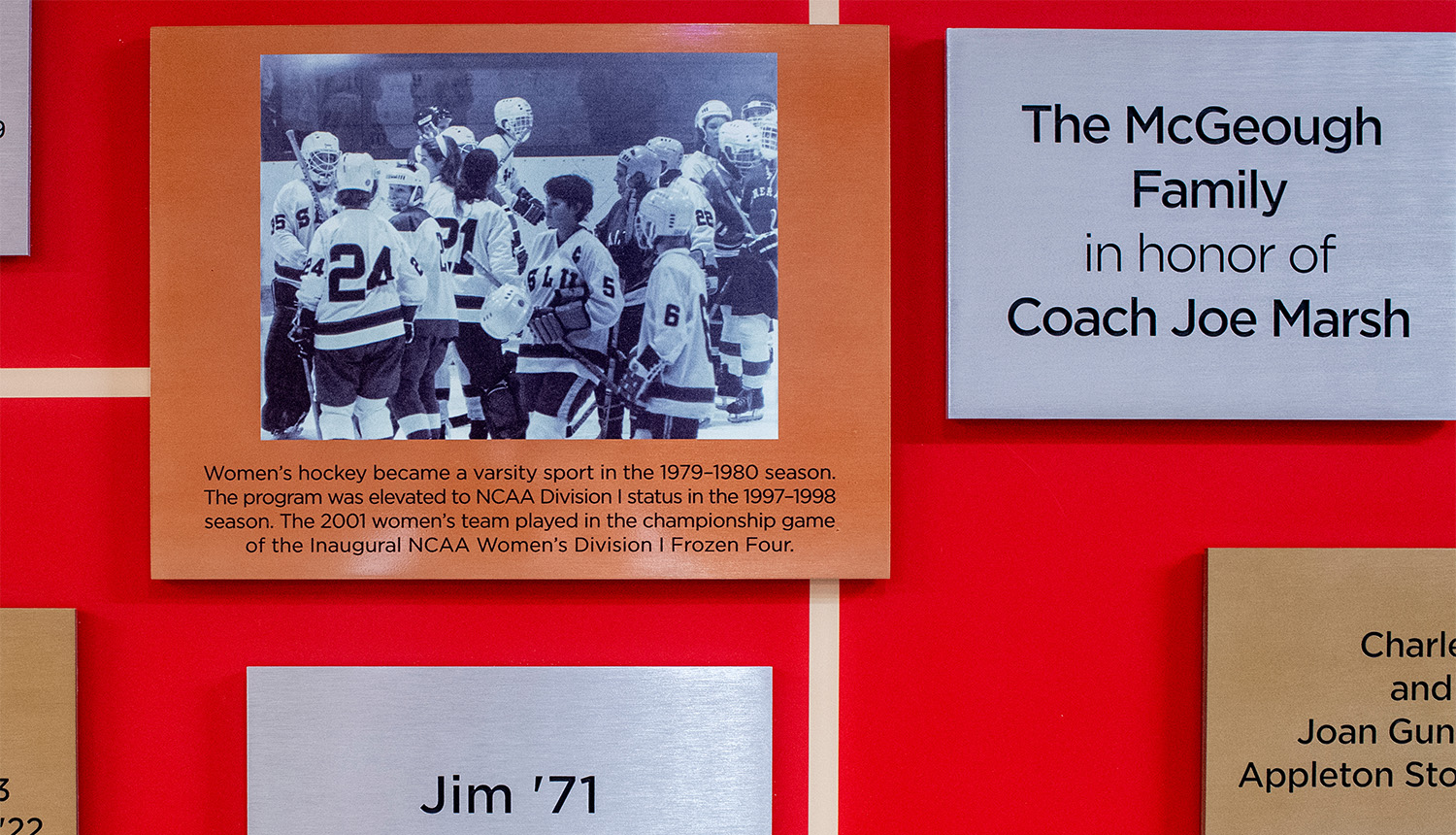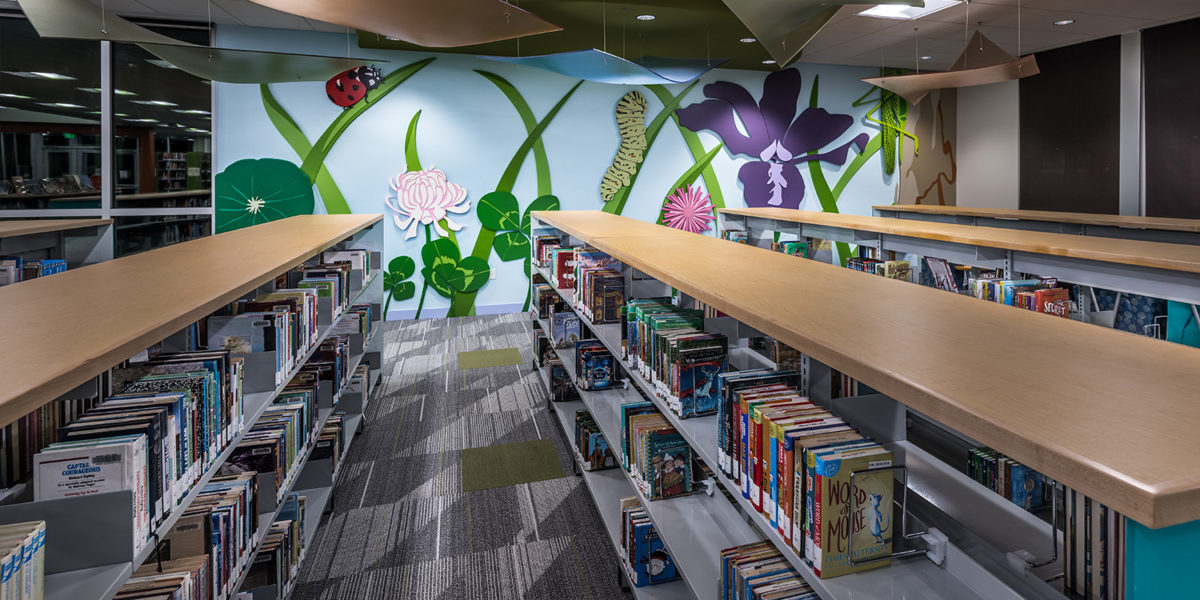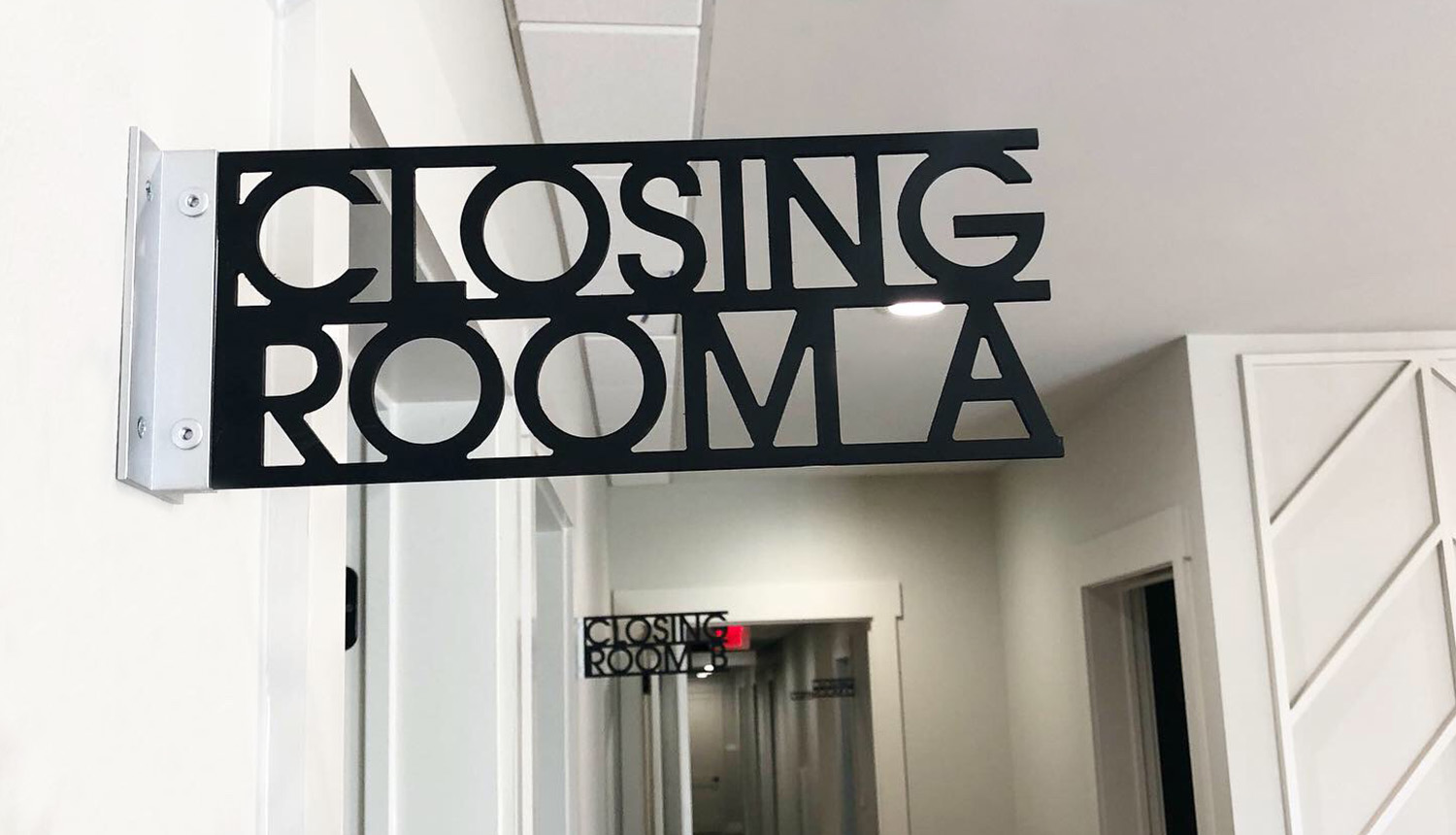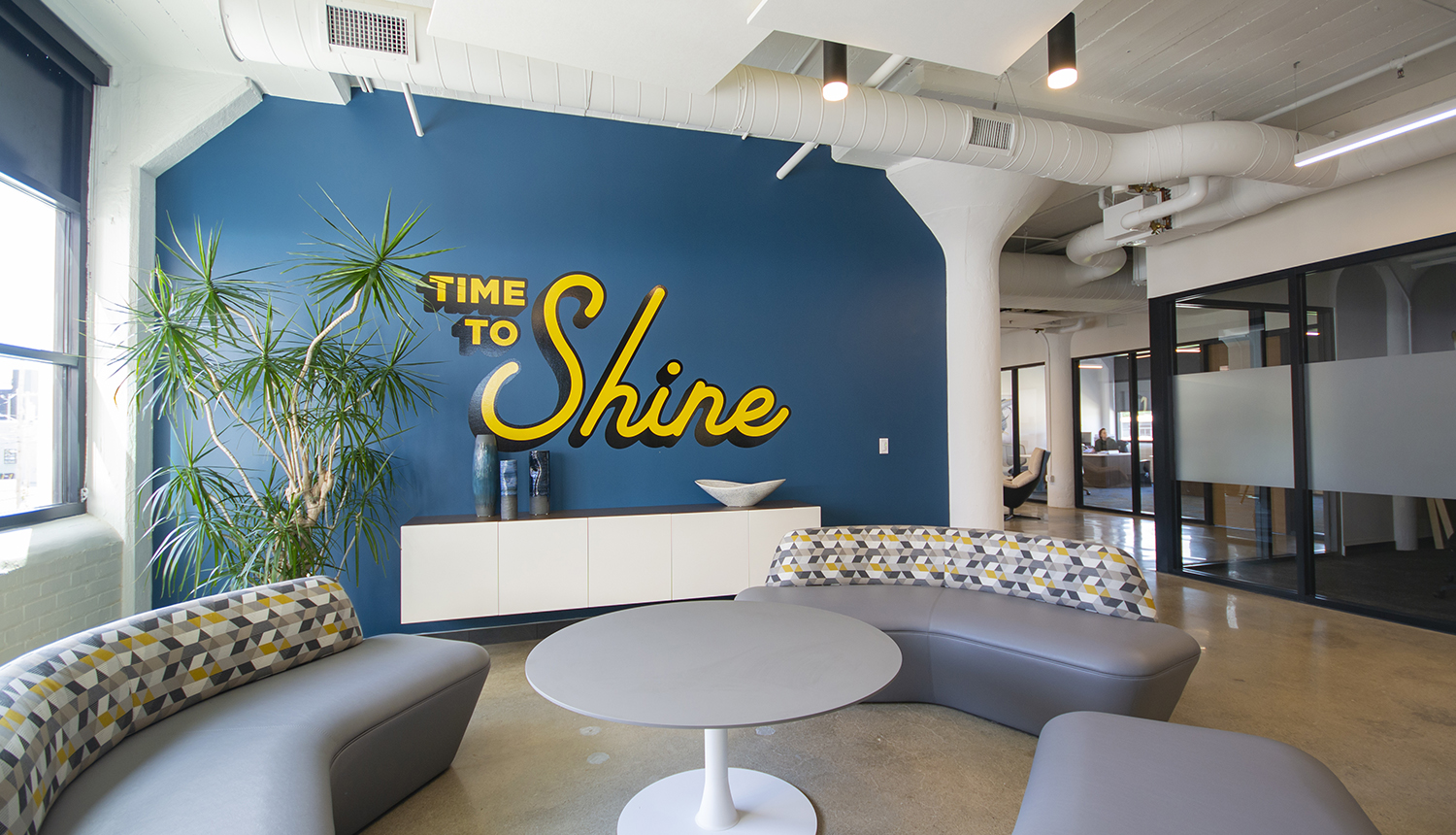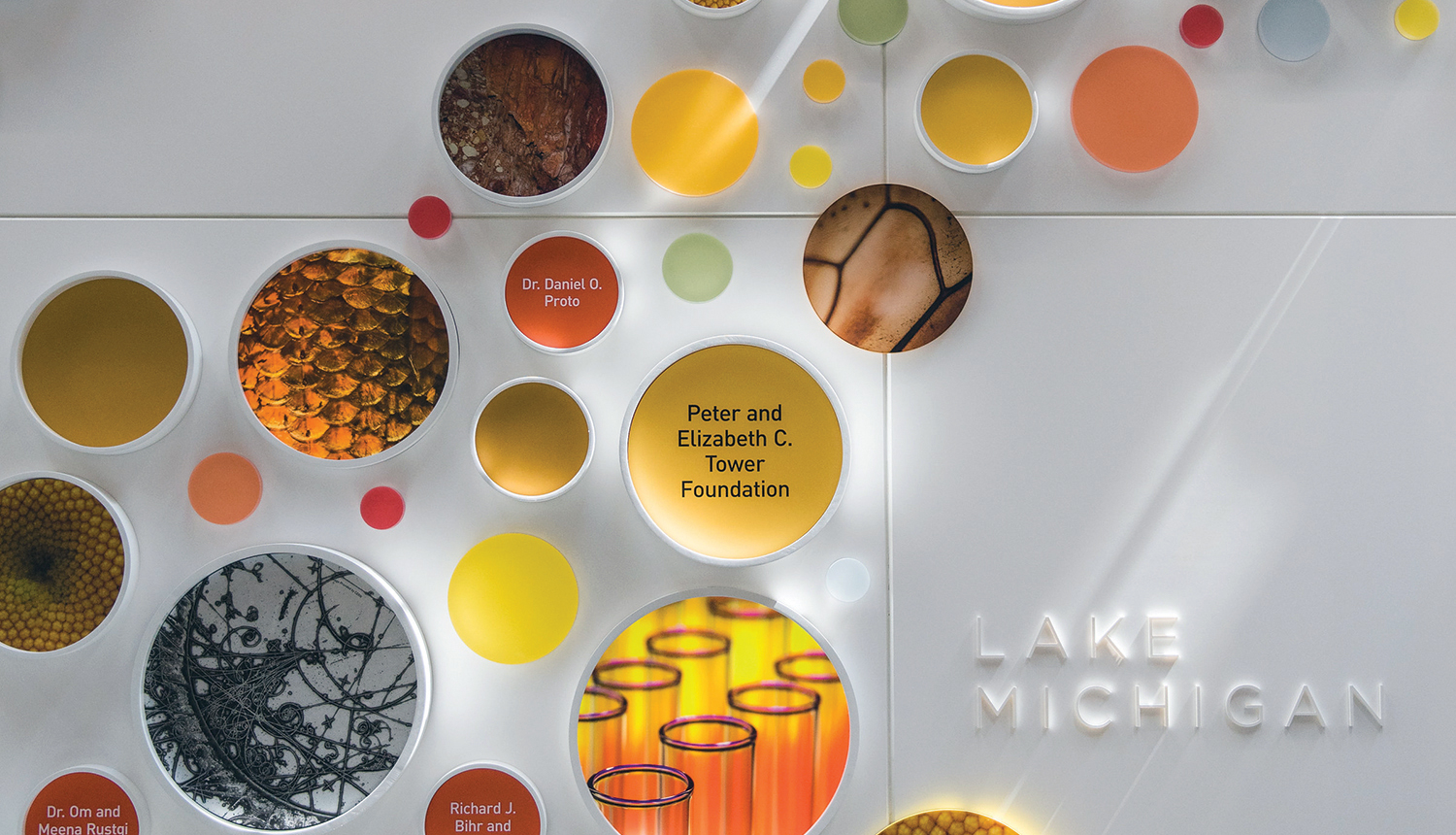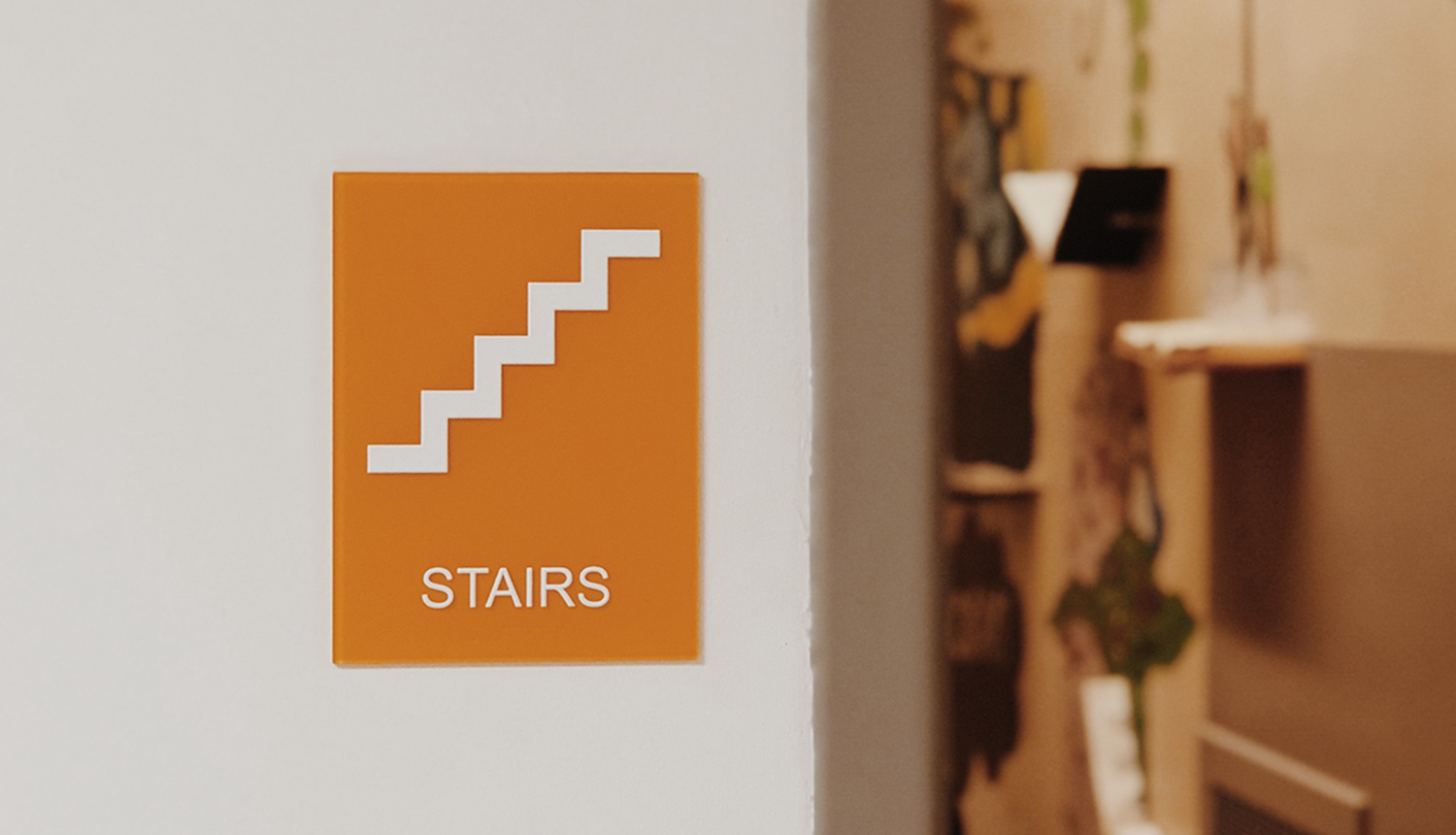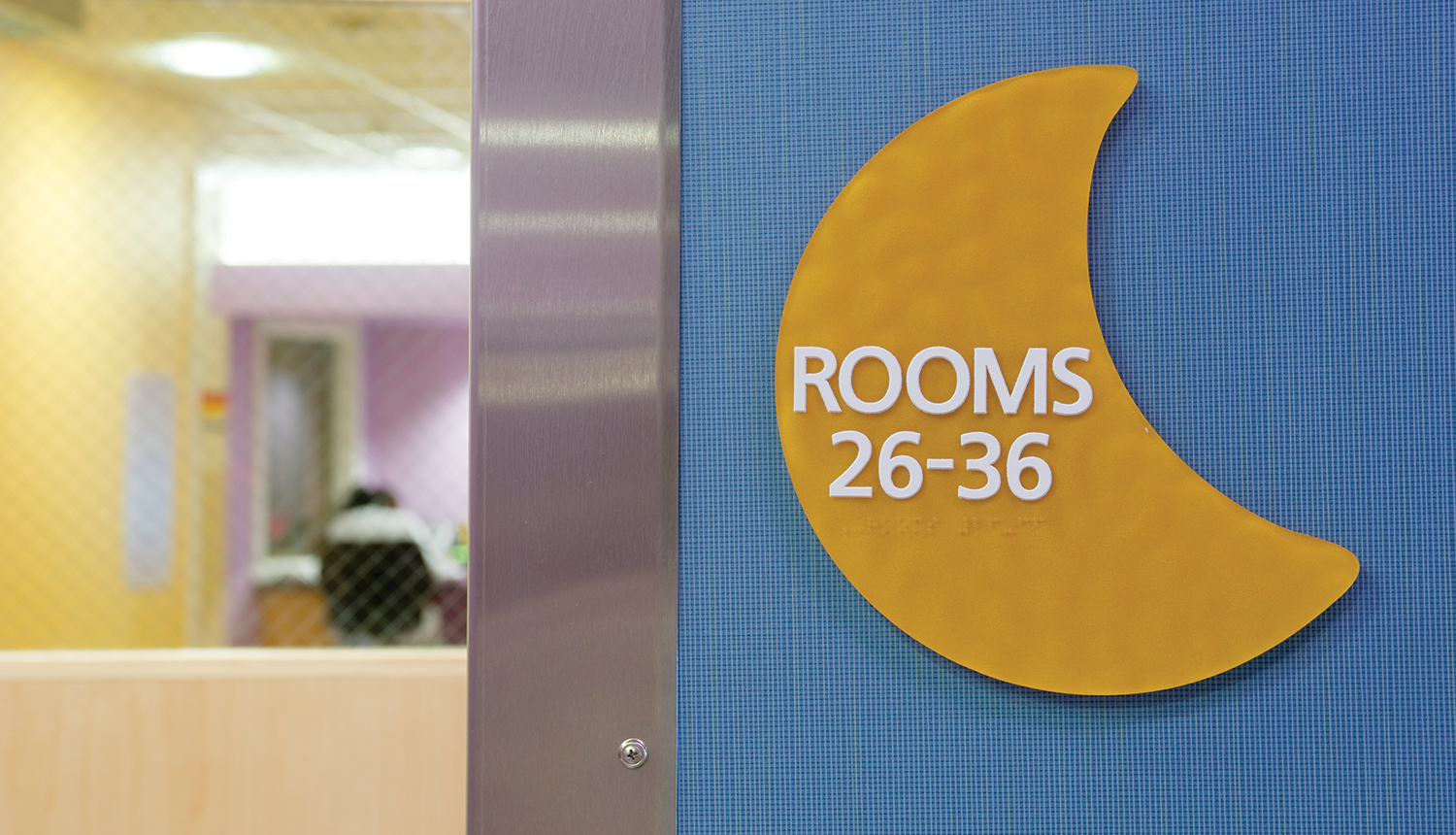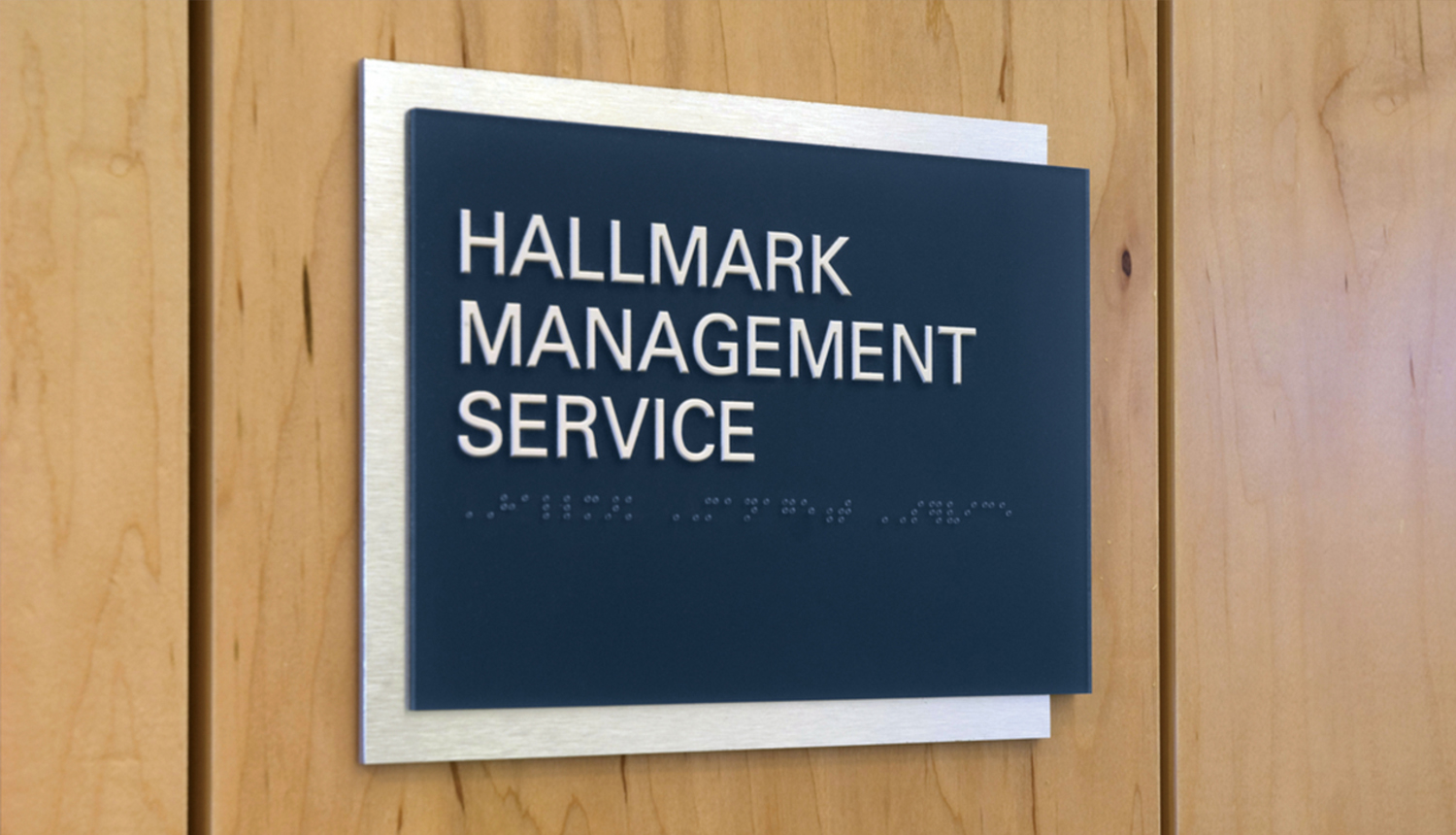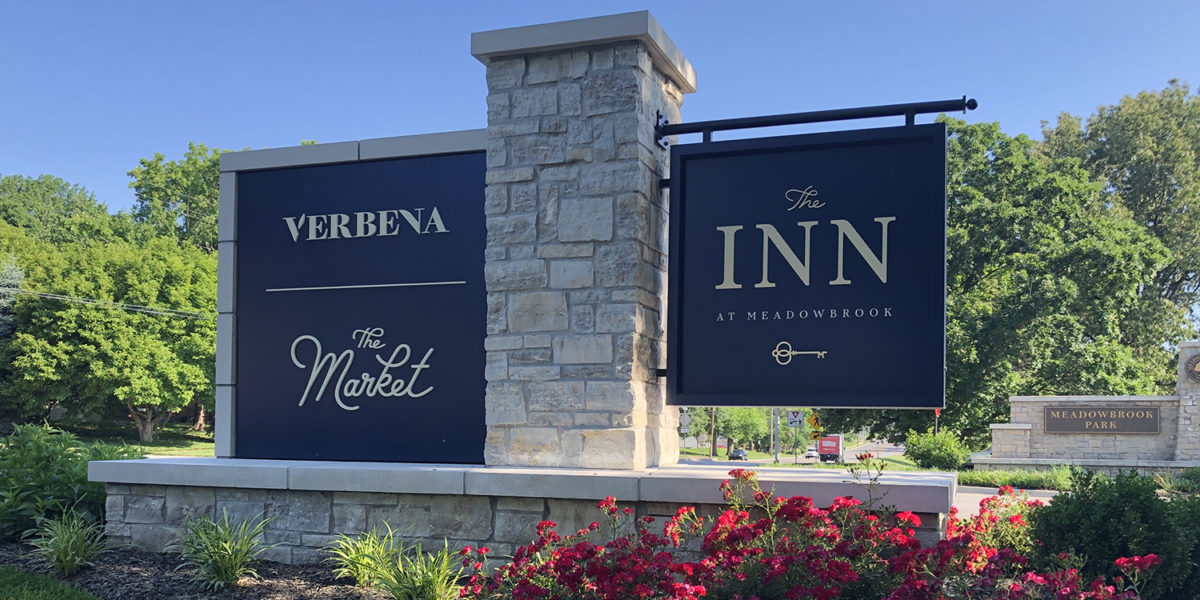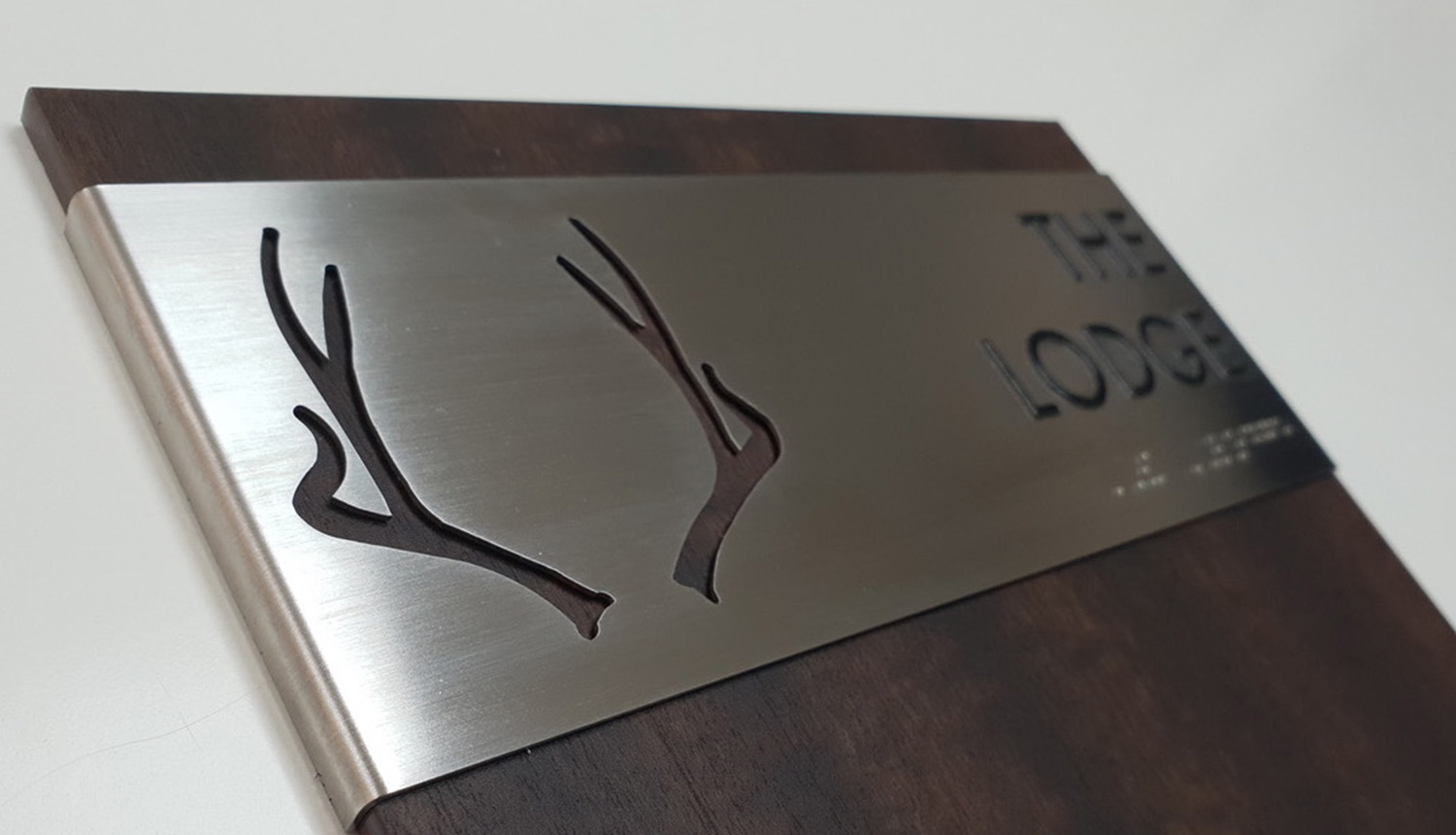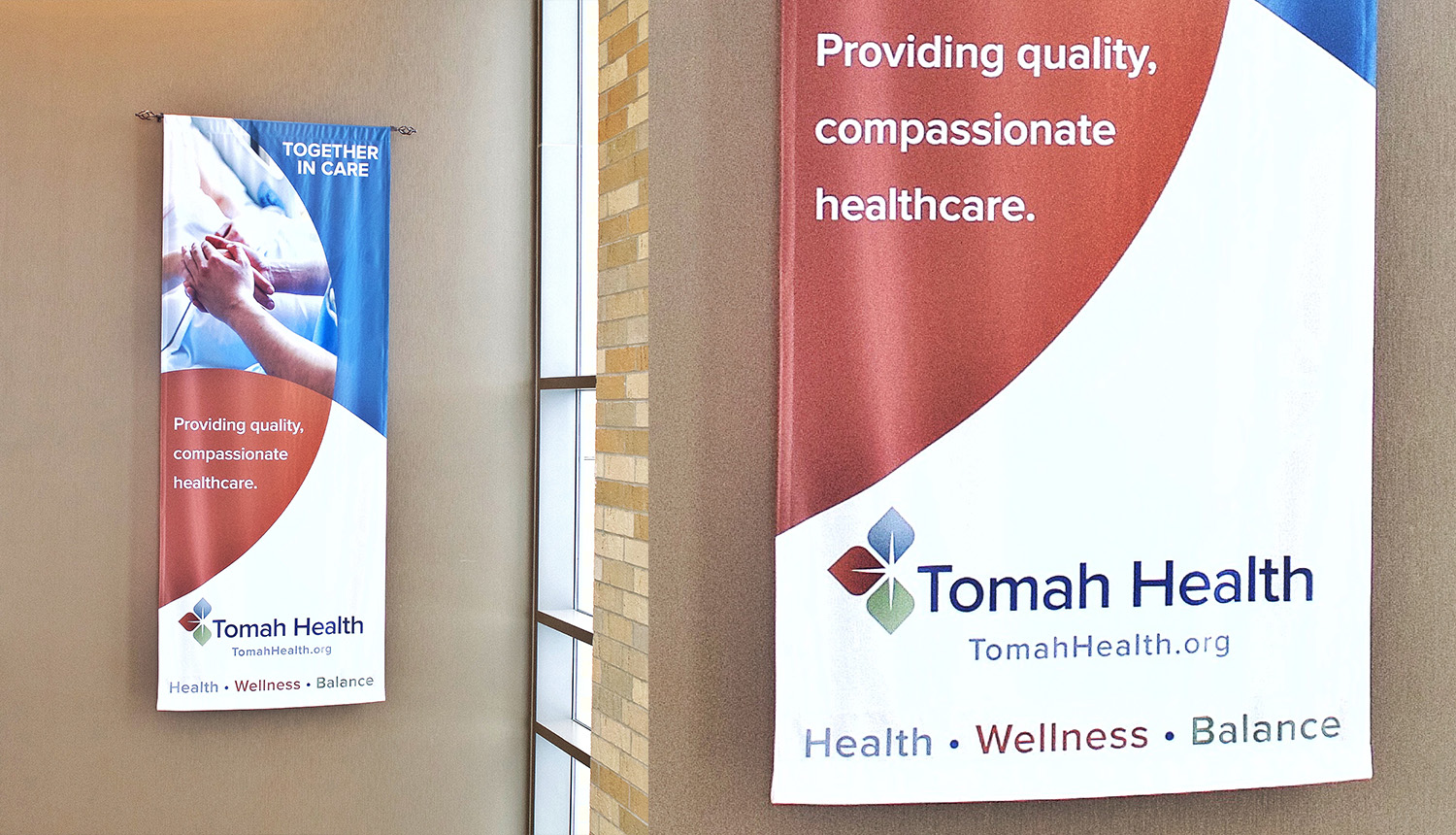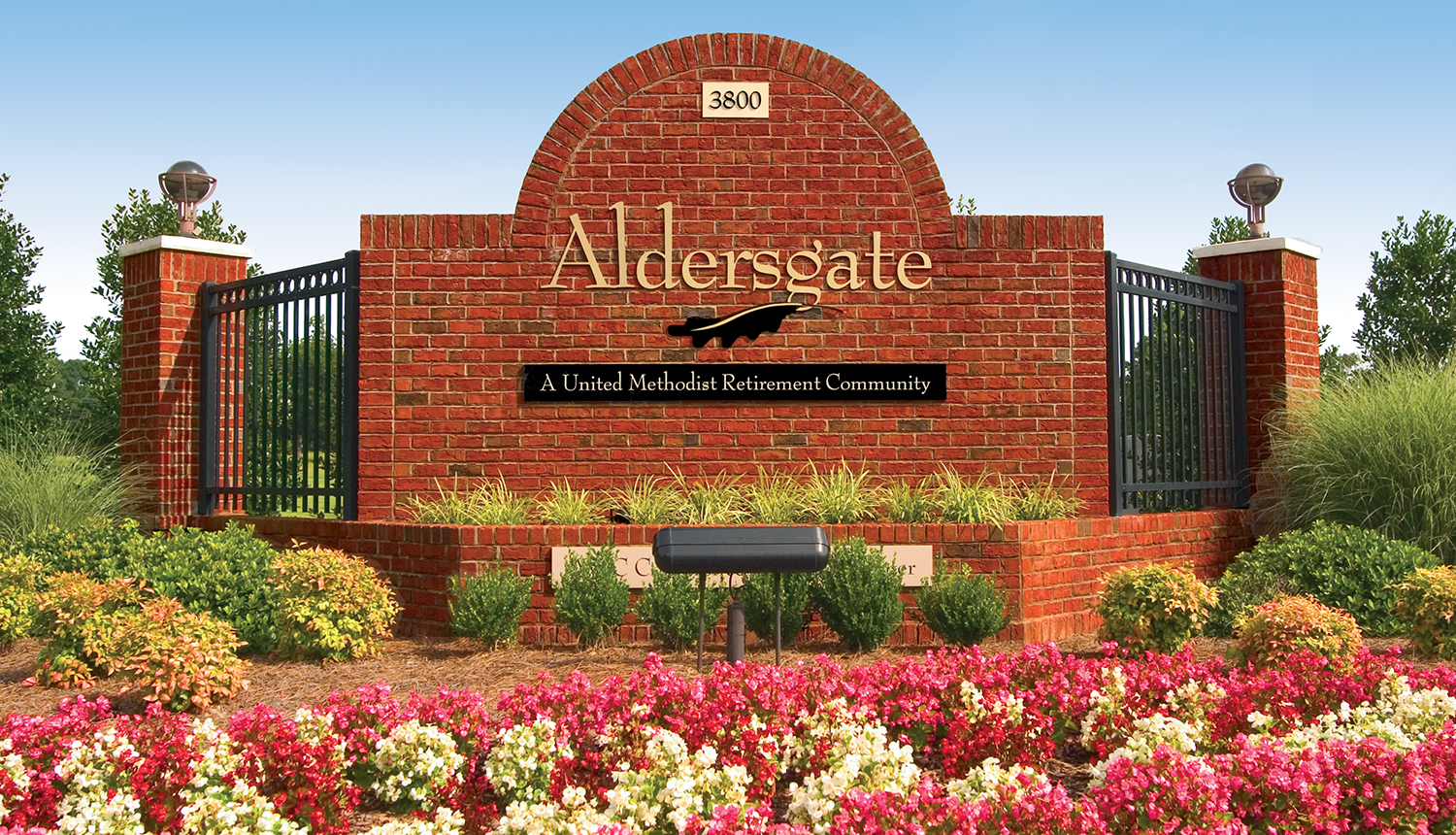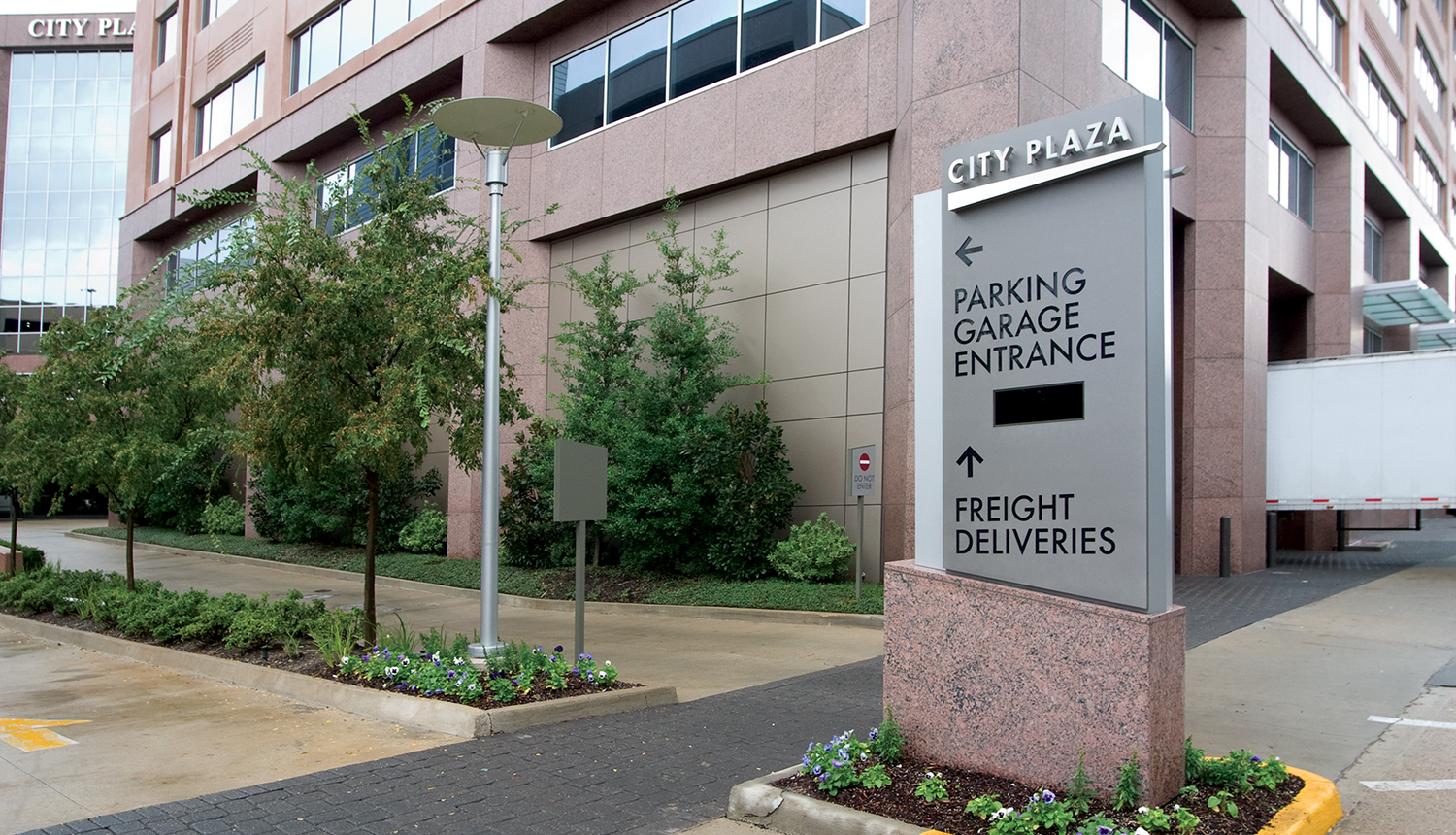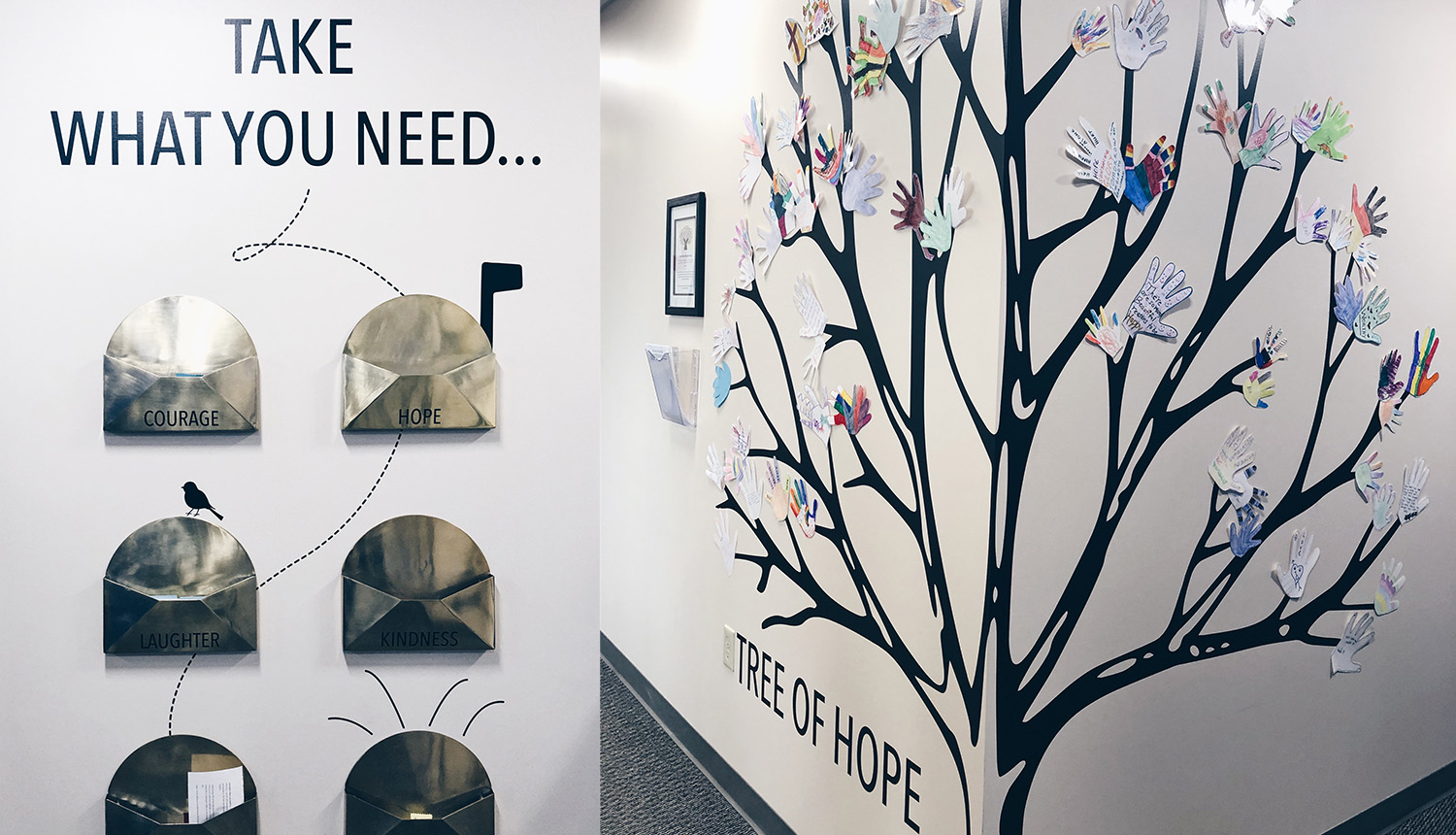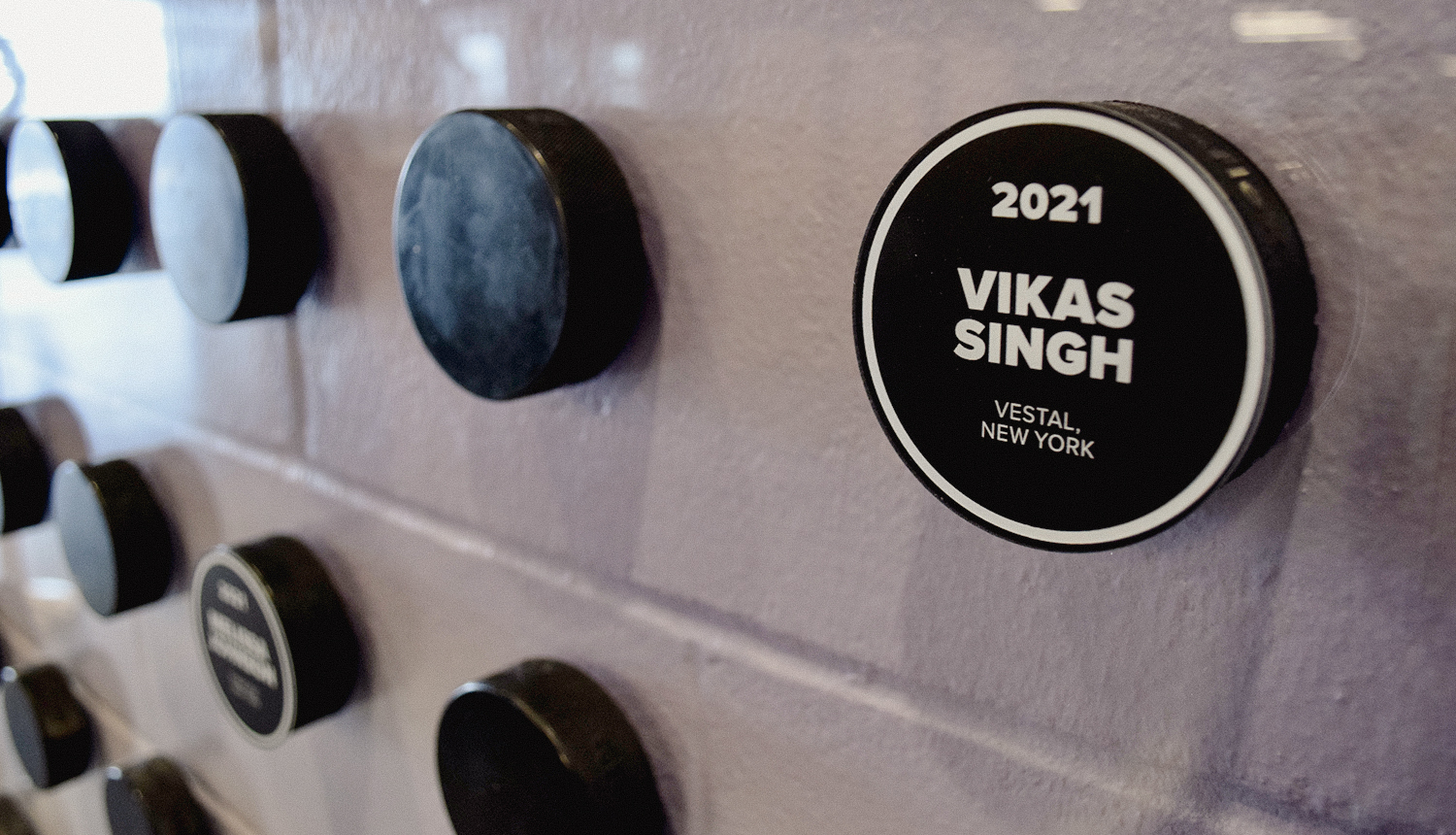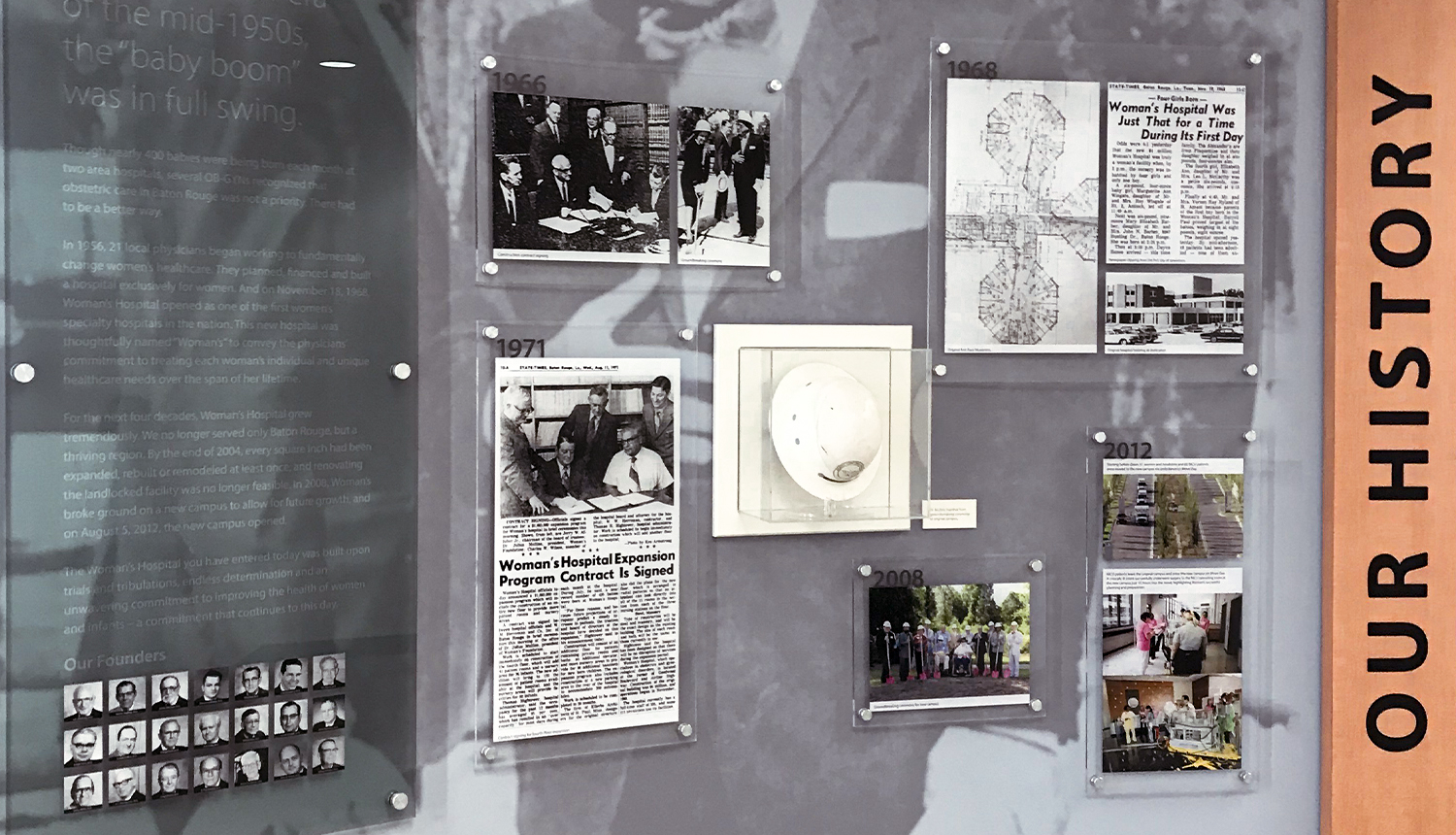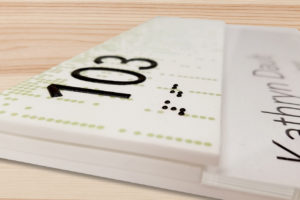Guide to Architectural Signage Materials
Curious about the materials ASI offices work with when designing and planning signage packages? While not a complete list of all available materials, below is an overview of basic material options implemented by local ASI offices to craft beautiful, customized architectural signage installations. Leverage the expertise of your local ASI office by requesting a consultation today.
Aluminum
Aluminum is one of the most common and versatile signage materials. It can be cast, etched, painted or given a specialty finish.
Finish Options: Satin Aluminum, Polished Aluminum, Brushed Aluminum, Orbital Finish, and Anodization
Characteristics: Good – High Durability, Light Weight, Medium Expense
Stainless Steel
Stainless Steel, most commonly used in sign faces, dimensional letters and plaques, is known for it’s durability and appearance.
Finish Options: Satin Stainless Steel, Polished Stainless Steel, Orbital Finish, and Galvanization
Characteristics: Excellent Durability, Heavy Weight, High Expense
Bronze
Bronze is an attractive option most commonly used in cast or etched plaques, dimensional letters, and sign faces.
Finish Options: Satin Bronze, Polished Bronze, Light Oxidation, Medium Oxidation, Dark Oxidation, and Orbital Finish
Characteristics: Good – Excellent Durability, Heavy Weight, High Expense
Copper
Less common than Bronze or Brass, Copper is most often used in etched plaques, dimensional letters, and sign faces.
Finish: Satin Copper, Polished Copper, Light Oxidation, Medium Oxidation, Dark Oxidation, and Orbital Finish
Characteristics: Good – Excellent Durability, Heavy Weight, High Expense
Acrylic
Acrylic has a wide range of applications due to its versatility – acrylic comes in a variety of thicknesses & be routed, extruded or cast.
Appearance: Acrylic comes in a range of colors, patterns and textures, from transparent to opaque. It is often painted and/or printed on via digital print.
Characteristics: Medium-High Durability, Light-Medium Weight, Medium Expense
Vinyl
Vinyl, backed with an adhesive that creates a strong bond, can be applied to a sign substrate or directly to a wall or window.
Appearance: Vinyl film can be colored, opaque, translucent, transparent or reflective. Can be printed on and cut into various shapes and sizes.
Characteristics: Good Durability, Light Weight, Low Expense
PVC
PVC is a durable plastic that is resistant to moisture, dents, and scratches. It can be extruded or cast into a range of thicknesses.
Appearance: PVC comes in a variety of colors – it is fade-resistant, even in constant sun exposure. Can be painted and/or printed on via digital print.
Characteristics: Extremely Durable, Light-Medium Weight, Medium-High Expense
3D Printing: ASI 3D Form™
An additive process that builds up layers of plastic. Commonly used for ADA signage with raised tactile text and braille.
Appearance: Customizable in color and transparency. Option to add patterns, layers, and texture.
Characteristics: Good Durability, Light-Medium Weight, Medium Expense
Plastic Resin
Liquid plastic resins can be melted and cast into a mold to form sign faces, dimensional letters, or plaques.
Appearance: Customizable in color and transparency. Option to add patterns, layers, and texture.
Characteristics: Excellent Durability, Light-Medium Weight, Low – Medium Expense
Photopolymer: ASI InTouch™
Process of photoetching a specialized plastic with photosensitive coating. Used in ADA signage requiring tactile text and braille.
Appearance: Customizable in color and transparency. Option to add patterns, layers, and texture.
Characteristics: Good Durability, Light-Medium Weight, Low – Medium Expense
Wood
Less commonly used today due to advances in plastics, wood is most often used in sign faces and plaques.
Appearance: Wide variety of textures and styles available. Thin layers of high-quality wood can be laminated to a substrate.
Characteristics: Low-High Durability, Light-Medium Weight, Low-High Expense
Memorabilia
Especially popular for History Walls, ASI can incorporate elements like historic memorabilia, photos and documents into signage installations.
While not an exhaustive list, these basic materials can be mixed and matched to create stunning architectural signage installations. In addition to these options, there are proprietary products with unique qualities and value-engineered products that mimic the look of their counterparts, such as acrylic that looks like marble or aluminum painted to look like wood. Within the signage industry, new product applications are constantly being developed.
At ASI, we are expert craftspeople with deep product knowledge – we take pride in bringing our client’s signage goals to life. Request a consultation today to leverage the material expertise of your local ASI office.
Sources:
Calori, C., & Vanden-Eynden, D. (2015). Signage and wayfinding design: A complete guide to creating environmental graphic design systems.
Reath, K. T., & Biesek, J. (2014). SEGD Glossary of Terms. SEGD.Org. https://media.segd.org/s3fs-public/EGDGlossary.pdf

